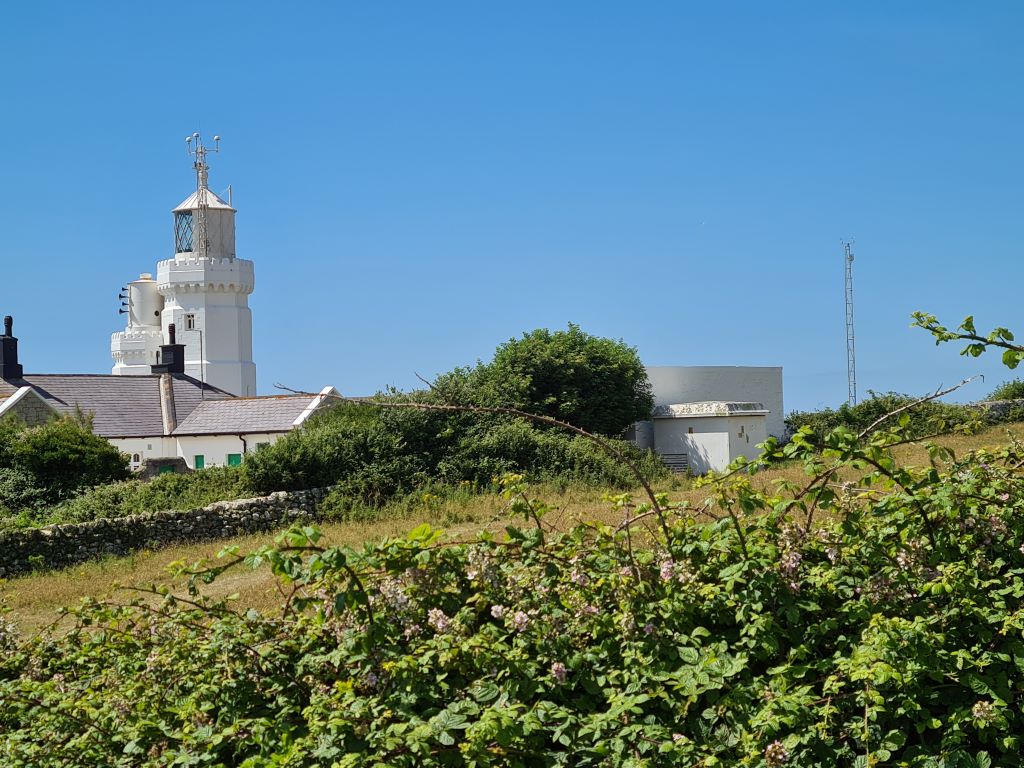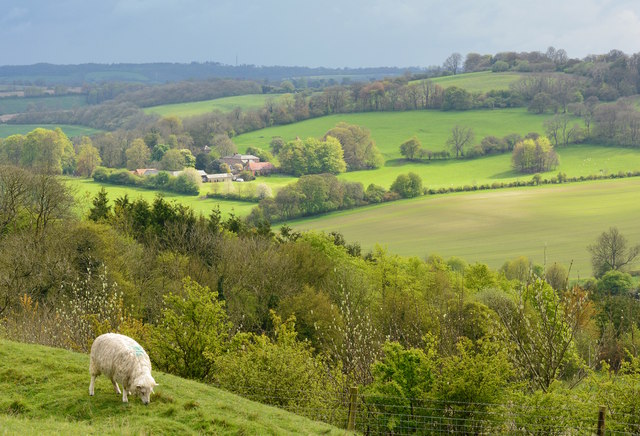The Forest of Dean and Lower Wye character area is a triangular area bounded, for the most part, by the rivers Severn and Wye, and the A40 around Ross-on-Wye. It has been a mining area since antiquity, due to its large deposits of iron and coal. 40% of the area is woodland; mostly oak, ash and chestnut, but in recent decades, the Forestry Commission has inflicted its unpleasant habit of planting conifers in areas where they don’t belong.
The local sandstone has a distinctive pinkish hue, which in the past made it much in demand as a building material, though brick and concrete have supplanted it over the years. Pantiles and Welsh slate are widely used for roofing.
The area is noted for its orchards, with local varieties including the Blaisdon Red plum, excellent for making jam; Evan;s Kernel, a general purpose apple found in Ruardean, which is listed as critical on the Gloucestershire Orchard Trust website; . and the sweet-tasting Merrylegs pear.
Tourism is an important industry for the area. The Picturesque movement in art began there, and tourists still flock to popular beauty spots such as Tintern Abbey and Symond’s Yat, both (just) outside the bounds of Wessex.
The area is home to one of the UK’s largest populations of horseshoe bats. However, these ate threatened by wind farms upsetting their flight paths and messing with their sonar. It would be ironic if the transition from the traditional coal found in the region to cleaner forms of energy ended up endangering the local wildlife.





